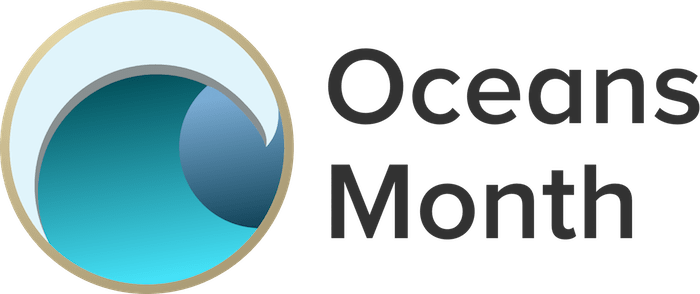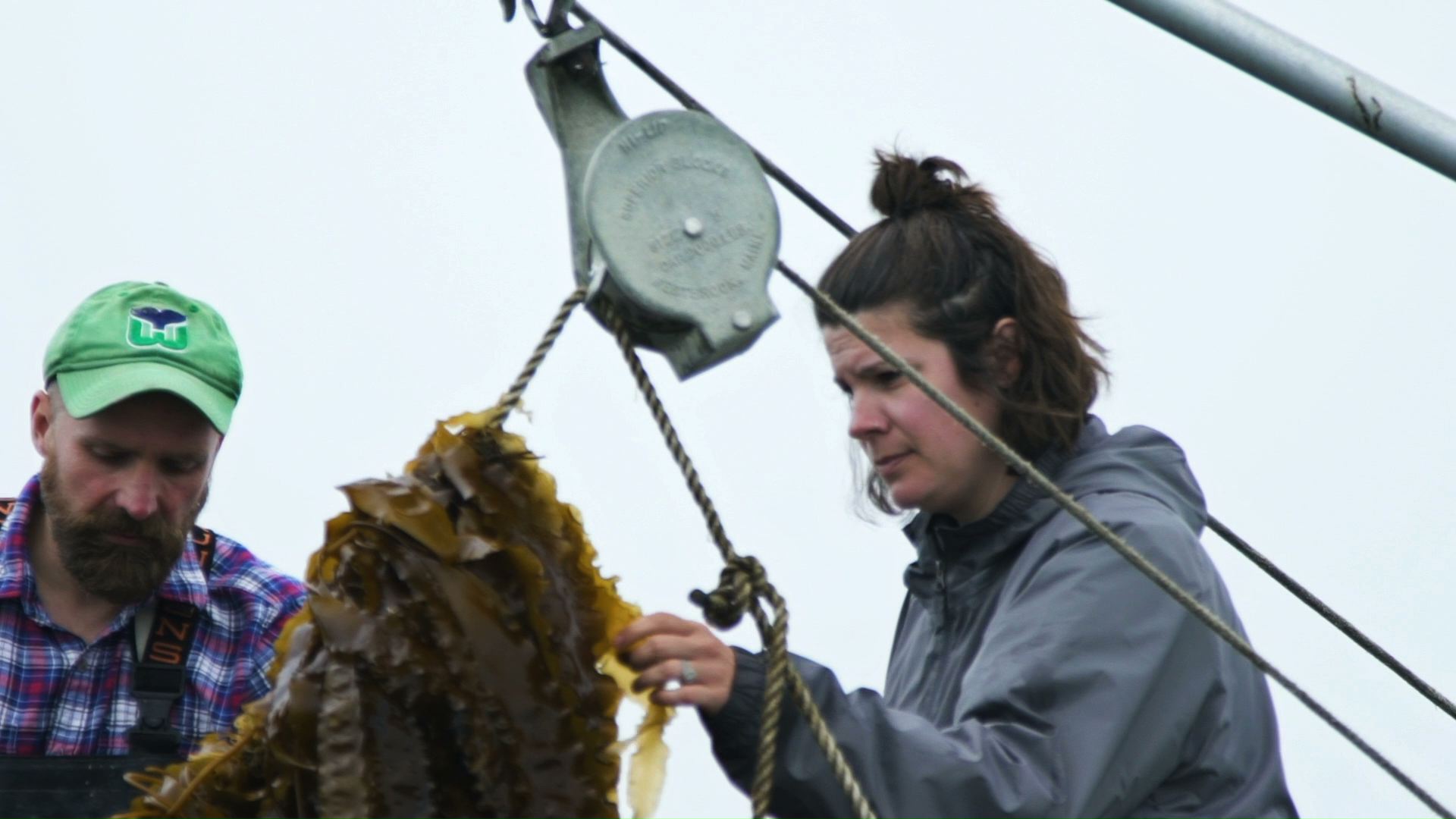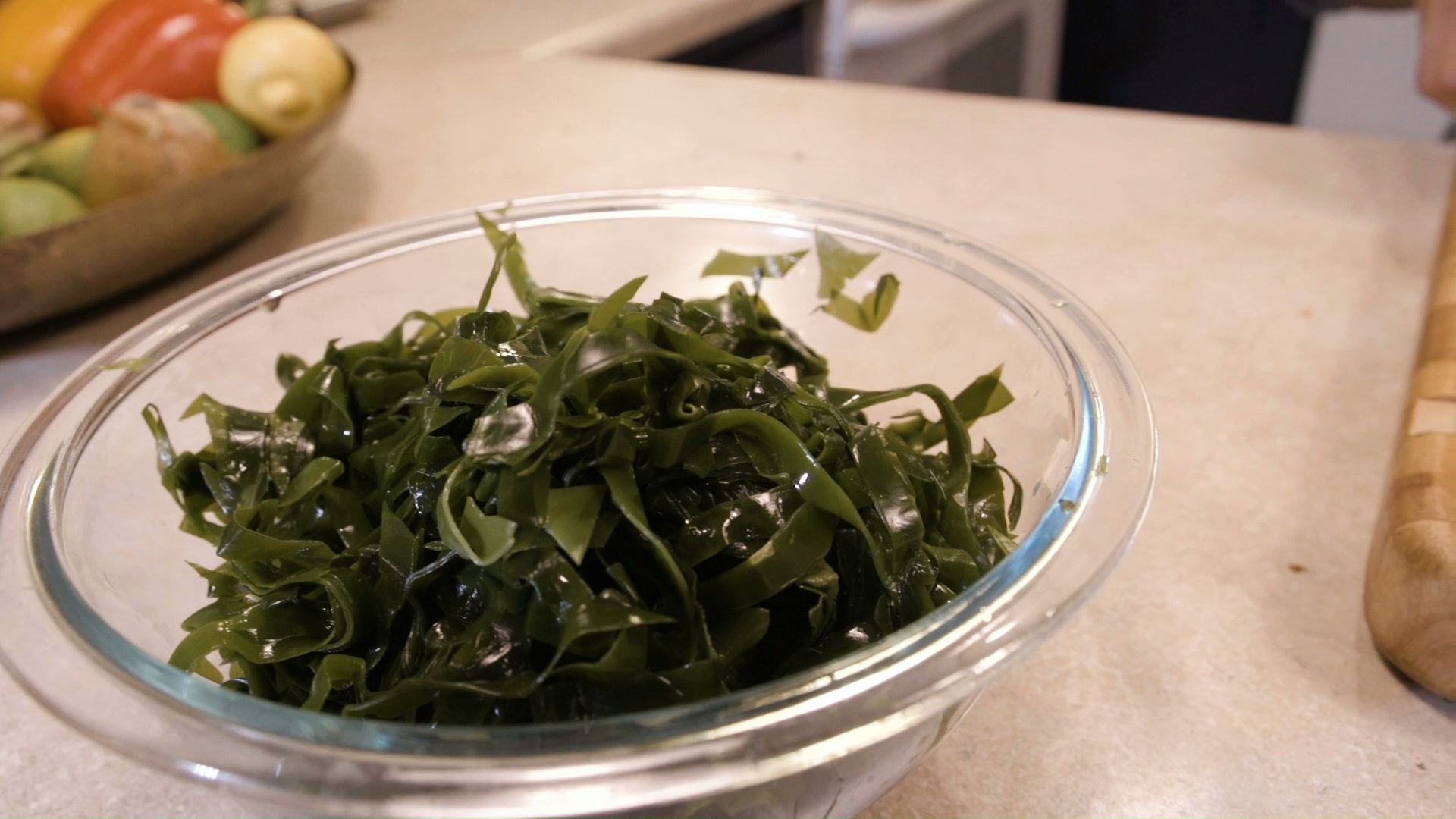 This is a part of Oceans Month, where we explore the science throughout the world’s oceans and meet the people who study them. Want to dive in with us? Find all of our stories here.
This is a part of Oceans Month, where we explore the science throughout the world’s oceans and meet the people who study them. Want to dive in with us? Find all of our stories here.
To the untrained eye, it might look like a pleasant stretch of the Long Island Sound off the coast of Connecticut. But Suzie Flores sees a side gig—and the future of American agriculture.
“It’s farming, just like somebody who has a tomato farm or vegetable garden,” she says. “It’s just I do it out on the water instead of on land.”
Flores is a kelp farmer. She heard about growing sea vegetables for food (which is common practice in Asia) and wanted to try to grow some for herself. The more she researched it, the more she found kelp farming enticing.

Bren Smith took a different path. “I came into this as a commercial fisherman,” he says, “and I had to be this nurturing arugula farmer, in a way. It was a psychic shift for me.”
Today, Smith is a “3D ocean farmer” and founder of GreenWave, an organization that promotes ocean farming. When he first started raising kelp, about 15 years ago, he was working in what was considered barren ocean. Today, though, “it’s this thriving ecosystem with mussels, clams, oysters, kelp… we’re creating a foundation for the ecosystem, for everything to come eat, hide, and thrive.”
[Look up! Your guide to the summer skies in 2018.]
Smith and Flores grow sugar kelp. Every fall, they collect a few pieces that are reproductive and bring them back to the hatchery. Spores attach to pieces of string, which are then put about three feet under the surface of the ocean. Harvest time happens in the spring, “before all of the competing species are around,” says Flores. As the ocean warms in the summer, various species like sea squirts get more active and attach themselves to the kelp crop—making it more fit for fertilizer than food (as Flores says, “it’s not pretty enough for people to consume.”)
It sounds easy—but as with all agriculture, growing sugar kelp has a unique set of challenges. “Imagine growing in an environment where the soil turns over a thousand times a day,” says Smith. “That dynamism is what grows a sort of beautiful sea vegetable, but it also makes it difficult for a farmer.”
Unlike most vegetable gardens, kelp farms don’t need commercial fertilizers. Sugar kelp gets everything it needs from the environment around it. As the water current passes through, the plants picks up the phosphorus, nitrogen, and carbon they need. The final ingredient, sunlight, can be affected by the turbidity (or murkiness) of the water. For Smith, maintaining that balance is an important challenge. “My job with the kelp is to find that sweet spot,” he says, “where we capture the nutrients and also the sunlight.”
In addition to requiring fewer chemicals than land agriculture, kelp farming is also good for our carbon future. Kelp captures five times more carbon than land-based plants. It also absorbs nitrogen, so it can offset algal blooms.
And while the low-impact, high-benefit environmental impacts may be a strong argument on their own, “the economics of kelp farming and ocean farming are in some ways the most powerful piece,” says Smith. Land in Connecticut is expensive, and potential kelp farmers can lease a piece of the Long Island Sound for a fraction of the cost. The overhead for growing sugar kelp is much lower than other aquaculture, like raising fish, says Smith, and the turnaround is quick—they’re able to grow up to 20 tons of kelp per acre over the course of four to five months.

Kelp hasn’t quite caught on as a foodstuff in the United States yet, but Flores is bullish on its future. “It is one of the few crops that could be used for food consumption, that can be used for fuel, that can be used for fertilizer…”
Smith agrees. “What we’re trying to do is make kelp the new kale,” he says,” and reimagine the seafood plate of the future.”
Although you can’t necessarily buy kelp in stores in the United States yet, farmers like Flores and Smith are already selling kelp to chefs and restaurants.
“I never thought I would be a kelp farmer,” Flores says. “I hope that I’m at the forefront of a larger wave of aquaculture. And I hope people continue to learn more about this sea vegetable, and think about ways this can be infused into our economy and into our diets.”
Credits
Produced by Luke Groskin
Music by Audio Network
Additional Footage Provided by Kurt Mann /NOAA
Meet the Producers and Host
About Luke Groskin
@lgroskinLuke Groskin is Science Friday’s video producer. He’s on a mission to make you love spiders and other odd creatures.
About Brandon Echter
@bechterBrandon Echter was Science Friday’s digital managing editor. He loves space, sloths, and cephalopods, and his aesthetic is “cultivated schlub.”